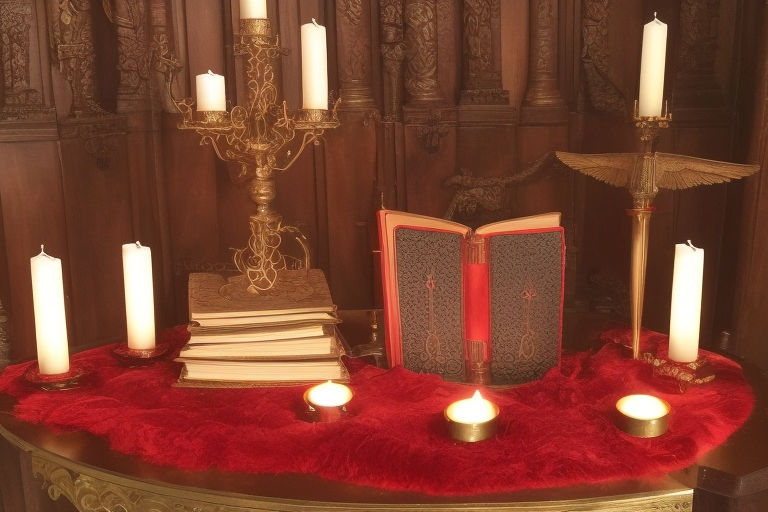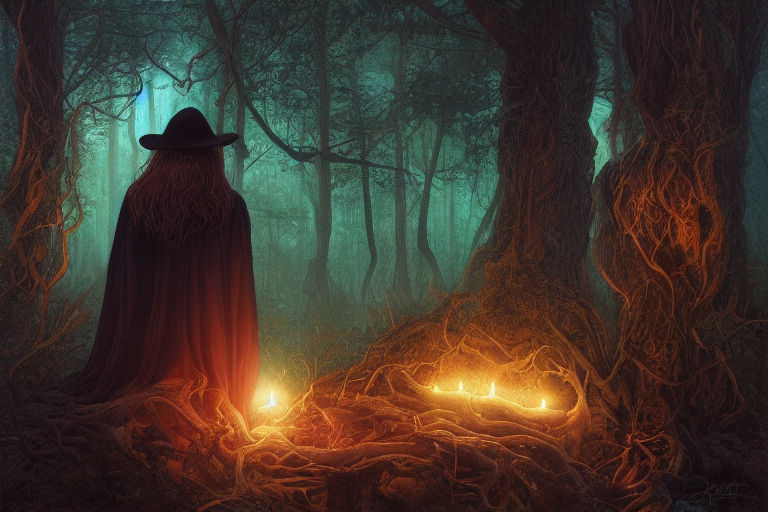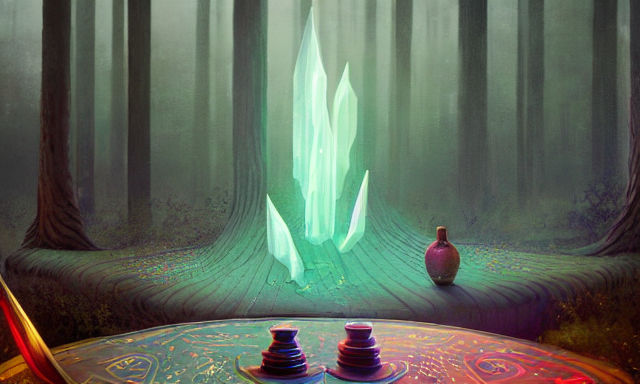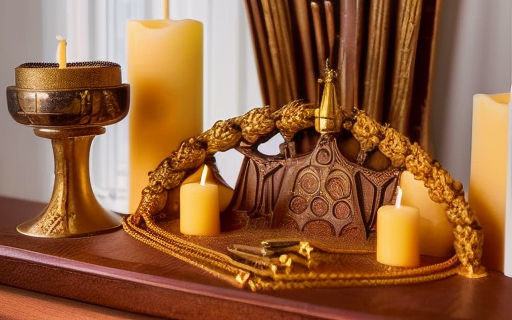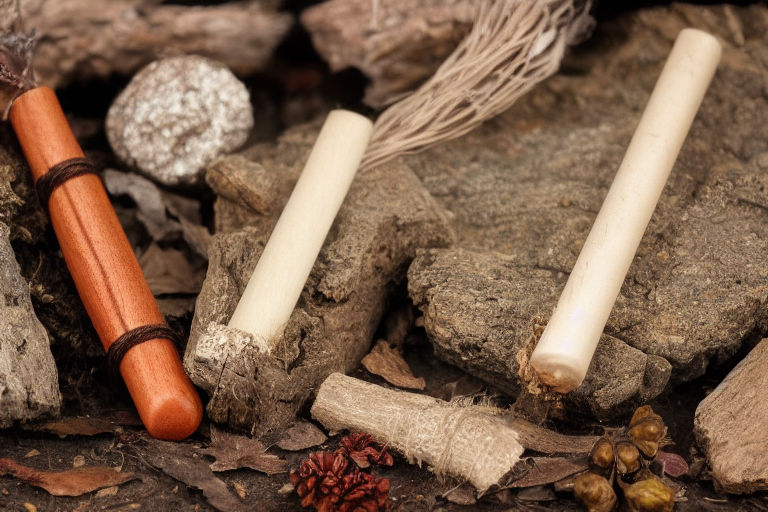Celebration of Samhain in Ireland
Traditions and mythology play a large role in the celebration of Samhain in Ireland. Food is also a major part of the celebration. Foods like nuts and fruit are left outside houses to appease the spirits that live in them. In addition, households would also provide food to the spirits during the holiday. One particular type of food that was commonly eaten during the holiday was called barmbrack. This dish is traditionally filled with fruits from the harvest. People also used to place objects in the barmbrack that represented their fortune. A coin or ring symbolized wealth and a pea, or an apple, represented bad luck.
Traditions
The Samhain celebration is a three-day holiday whose traditions are rooted in Celtic lore. It marks the day when Gods come near to the earth. In ancient times, people would light bonfires and leave offerings for their ancestors. These offerings were said to appease the spirits, and the Celts would also give leftover food to the poor. In addition, people would light a communal bonfire and bring the flame home with them.
Samhain was a holy time for Irish Celts. They worshipped Donn, the god of the dead, at this time. They also built cairns and passage tombs to honor their dead. In Ireland, a popular place to celebrate Samhain is at the Hill of Ward in County Meath.
Celtic lore also emphasized the importance of liminality. Many important events in Celtic mythology took place at liminal times and spaces. Samhain, for example, was celebrated at the end of the harvest season and the beginning of winter. It symbolized a time when the human realm was no longer confined to the physical world’s rules, allowing for peace.
During Samhain, people would prepare elaborate feasts and invite their ancestors to join in the feast. This would give them the opportunity to engage with the spirits of their ancestors. Adults and children would play games for the dead, and they would update the spirits on the previous year’s events. Some would also leave open the door to the dead during the celebration.
The Samhain festival is rooted in a Celtic tradition that dates back thousands of years. Although the holiday will not be observed the usual way this year, the Irish will still celebrate the ancient holiday with a spectacular celebration. It is also widely believed to be the forerunner of Halloween.
Samhain was originally a time of remembering ancestors and their loved ones who had passed on. In ancient times, people gathered to sing songs and remember the dead. Afterward, the dead were believed to visit those they cared for. This tradition continued even after the Christian era took over.
Mythology
The Mythology of Samhain celebration in the Emerald Isle has roots dating back to ancient Celtic cultures. It is believed that during Samhain, the barriers between the mortal world and the Otherworld break down, allowing the denizens of the Otherworld to interact more easily with humans. For this reason, many Celts have kept offerings for fairies outside their fields and villages on this day.
The Samhain celebration in Ireland marks the end of the Celtic year and the beginning of the new one. The Celts believed that the night preceded the day, making the festival an important time for the pre-Christian Irish. It was also a time of rites, and a time of thanksgiving for the first half of the harvest season. It also was a time to wish for good luck and protection against the supernatural world.
The Celtic people tended to dress up as monsters and animals during the Samhain celebration. For example, the shape-shifting creature Pukah would arrive in the field to receive harvest offerings. Another feared spirit was Lady Gwyn, a headless woman who hunted night wanderers. The Dullahan, meanwhile, could appear as impish creatures and headless men riding horses. Although feared as omens, they were also known as hunters.
The Celtic Samhain celebrations began in pre-Celtic times. In early Ireland, Samhain was a time to make preparations for the harsh winter ahead. Crops were gathered for winter use, and animals were gathered and sacrificed. In addition to the harvest celebrations, Samhain also served as a time for important business transactions. Debts were paid and trials were held for the more egregious crimes.
Although written records of Samhain traditions have not emerged until the early modern era, these practices remain widespread. Pagan beliefs held that the 31st of October was a time when the barrier between the living and the dead could be breached. As such, the celebrations of Samhain often involved opening tombs and preparing food.
As part of the Samhain celebration, Celts would dress in costumes to confuse the spirits and avoid being caught. Fire festivals were a common feature of Samhain celebrations during the Middle Ages. Samghnagans, or fire festivals near farms, were also common. Many people believed that by lighting fires at this time, fairies would not bother them.
Bonfires
In ancient Ireland, bonfires were an integral part of Samhain celebrations. Fires were lit on October 31 to ward off evil spirits and bad luck. The practice is based on a myth that bonfires purify the land, provide protection from supernatural forces and protect the living. Traditionally, young people would go from house to house asking for kindling and food. The embers from these fires were scattered in the fields to ward off bad luck.
In ancient Ireland, the Samhain celebration was a necessary part of the community’s ritual. It was a three-day event that required the community to perform rituals. In some regions, members of the community were required to appear before a local chief or king. Failure to perform these rituals could result in illness or even death.
During ancient times, Celts dressed up in animal skins and wore dried animal heads to ward off evil spirits. They would also leave the doors and windows open for the ancestors to come home. They would also refrain from eating until their ancestors were invited. Other traditions involved dressing up for the Samhain festival. Celts often darkened their faces with bonfire ashes and wore animal-skin masks.
The Irish first celebrated Samhain about 1000 years ago. The ancient Celts believed that dead spirits would visit the earth on the night of Samhain. They also celebrated the end of the harvest. While today Halloween is not celebrated in Ireland, the ancient Samhain celebrations are still held in Ireland.
Christianity influenced the celebration. The Roman Empire conquered most of the Celtic land in 43 A.D., and the ancient Celtic beliefs surrounding the festival became part of the Catholic Church’s calendar. In fact, Pope Gregory III expanded the celebration of Samhain to include all saints and martyrs. This day has become known as All Saints’ Day, and All Souls’ Day follows on November 2.
While Halloween is now a global festival, its roots can be traced to ancient Ireland. Although Halloween isn’t being celebrated as usual this year, Samhain will be celebrated with a spectacular event in Ireland. Samhain is considered the precursor of Halloween and is an important part of the Irish culture.
Divination
Divination played a key role in the Celts’ everyday lives and was an integral part of the Samhain celebrations. Today, remnants of this ancient practice can be observed at Halloween and Samhain festivals. Brave observers can see the spirits of the dead and learn what their future holds. But they also run the risk of meeting themselves. Similarly, girls can see their future spouse or husband when they peer into mirrors, but they must beware that they could be meeting the devil.
Samhain was also a time for friendly competitions between tribes, in which spirits were worshipped. To honor these spirits, living relatives would put out their loved one’s place settings at Samhain feasts, imploring them to bless them. It was believed that divination was an important way to find out what the future held for the living.
Samhain is a traditional Celtic holiday that celebrates the end of harvest. It is a time when the veil between the living and the dead becomes thin. In this magical night, the dead can interact with the living and mingle with the spirits. As a result, Samhain is a time of great magic and wonder. The ancient Celts believed that the dead could move between the realms of the living and the dead, and this celebration marks the end of harvest.
The Celts placed great importance on the transitional times. These holy places were bridging points between two territories and were considered sacred. They believed that if people walked three times around a grave at midnight, they would be granted a glimpse of what they should expect in the future. However, it was believed that this practice could attract the devil to their graves.
Samhain marked the beginning of a huge feast and was also a time when the Mound of Hostages at Tara Hill aligned with the rising sun. It was during this time that the worlds of the living and the dead were thinnest, which made it easy for otherworldly spirits to pass between them. Celts sought to welcome their dead loved ones back and ward off evil spirits.


